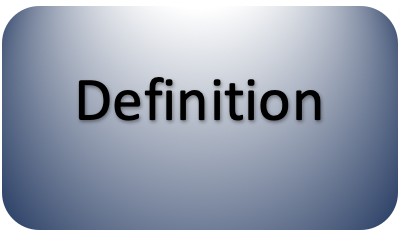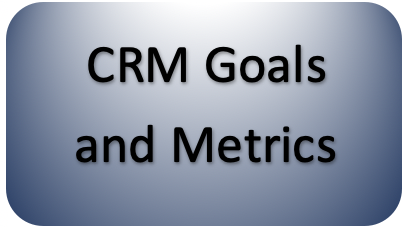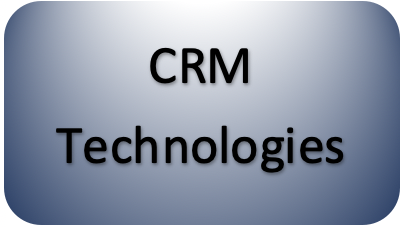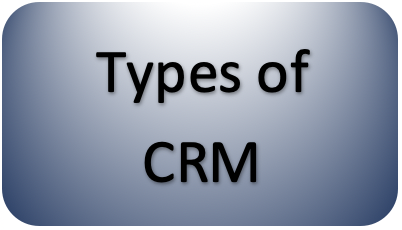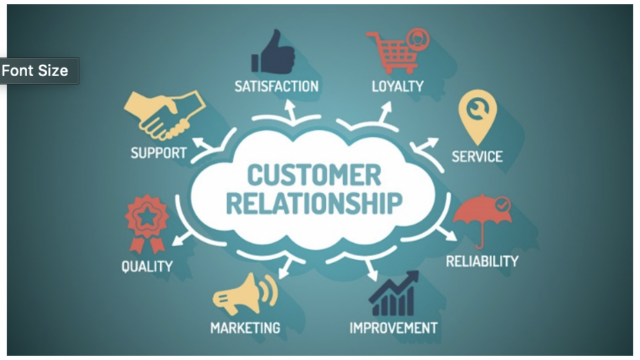Customer Relationship Management
Overview
Customer relationship management (CRM) consists of the technologies and processes an organization uses to build relationships with its current and prospective customers.
· Customer retention. Strategies for improving retention stress customer satisfaction, loyalty rewards, and perks for returning customers.
· Profitability. Finding ways to reduce the costs of serving each customer without also diminishing customer satisfaction
· Revenue. CRM strategies to grow revenue often include finding new customers and markets, as well as earning more revenue from existing customers through tactics such as cross-selling and upselling.
· Listening to customers. When customers answer one of your surveys, CRM software can easily capture and analyze what they say. But some systems can also do sentiment analysis, with software that scans text comment boxes, blogs, or other user-generated content and employs algorithms to classify opinions as pro, con, or neutral.
– E-mail marketing is a major focus for CRM applications. E-marketing information systems also provide extensive tracking capabilities, with detailed reports regarding messages bounced, which were opened or forwarded on to another e-mail address, and that customers clicked on a web address in the message.
– Sales force automation systems boost performance of an organization’s sales reps by helping them track and manage their accounts, contacts, leads, and to-do lists.
– CRM can help organizations make major improvements in customer service and support and reduce costs.
1. Operational CRM
Main purpose of this type of CRM is to generate leads, convert them into contacts, capture all required details and provide service throughout customer lifecycle and it provides direct interaction with costumer such as phone, fax, email, etc.
· Sales Automation: Set standard within organization to acquire new customers and deal with existing customers.
· Marketing Automation: Find out the best way to offer products and approach potential customers.
· Service Automation: Retain customers by providing best quality of service and building strong relationship.
2. Analytical CRM
Analytical CRM helps top management, marketing, sales and support personnel to determine the better way to serve customers and take better decision. Data analysis is the main function of this type of CRM application. It analyzes customer data, coming from various touch points, to get better insights about current status of an organization.
3. Collaborative CRM Collaborative CRM, sometimes called as Strategic CRM, enables an organization to share customers’ information among various business units like sales team, marketing team, technical and support team.
· Help organizations to determine their most profitable customers and establish a long-term relationship with them. This can increase the firm’s sales revenue.
· Results in reduced churn rate (the number of customers who stop buying or using products of a company) by enabling the firms to
customize and personalize the products according to user needs, preferences. buying habits, etc.
· Enables provision of better customer service and support across all the touch points, whichever the customer uses.
Source : https://techonestop.com/types-of-crm-operational-analytical-collaborative
Source : https://www.managementstudyhq.com/types-and-benefits-of-crm.htm


